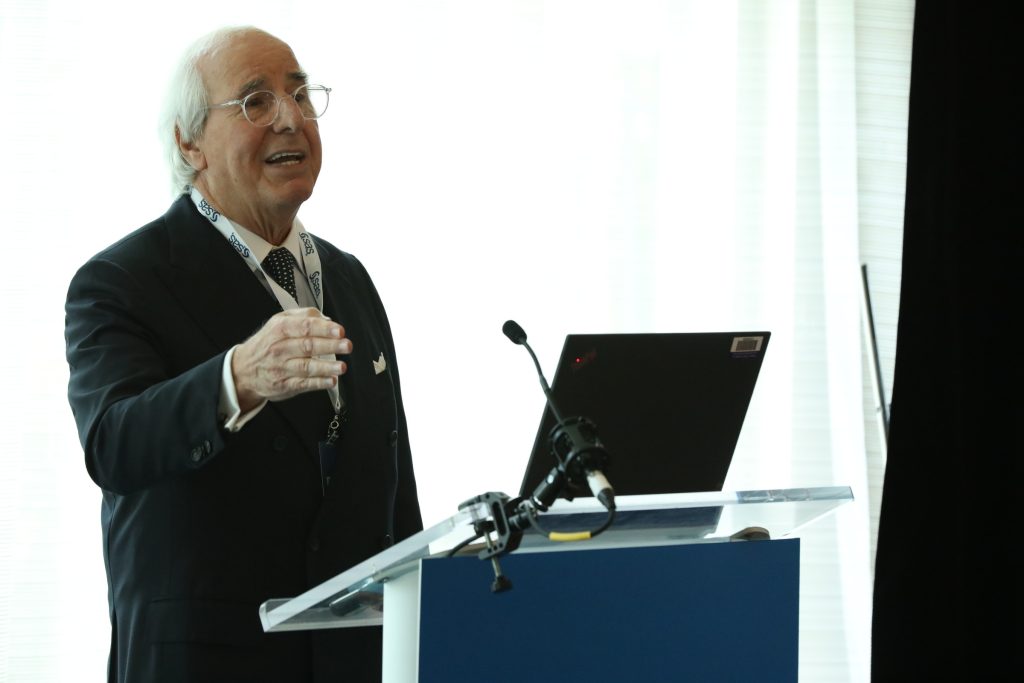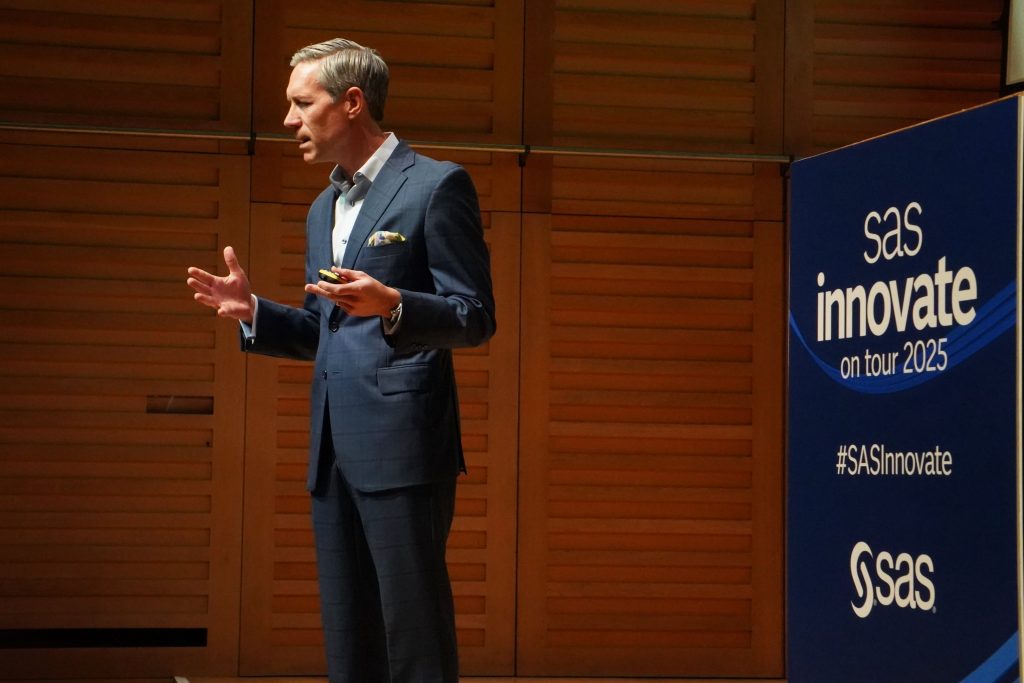Fraud and financial scams are on the rise. According to the FBI’s Internet Crime Complaint Center’s annual report, scammers stole a record $16.6 billion in 2024, a 33% increase from 2023. This problem affects everyone.
The SAS Faces of Fraud Study revealed that 70% of consumers have fallen victim to fraud at least once, and 40% have experienced it multiple times.
This paints the backdrop for why it’s so important to help the marketplace combat these issues. I believe that it’s our fiduciary responsibility to protect vulnerable populations. It is our duty as solution providers and your duty as consumers of financial and government services to learn how to protect ourselves from these threats. Education is imperative. Facilitating the dialogue is critical. That is why SAS Innovate invited former fraudsters as keynote speakers – not once, but twice – this year.
At SAS Innovate Orlando, we welcomed Frank Abagnale, the infamous subject of Catch Me If You Can, who once impersonated a pilot, doctor, and lawyer while cashing millions in fraudulent checks. Across the Atlantic, SAS Innovate on Tour London featured Alex Wood, a former cybercriminal who posed as the 12th Duke of Marlborough and used social engineering to manipulate and enact Authorized Push Payment fraud. Both now use their experience to educate organizations on the evolving threat landscape.
- Frank Abagnale presenting at SAS Innovate Orlando
- Talking fraud and financial crime at SAS Innovate on Tour London
- Alex Wood presenting at SAS Innovate on Tour London
What are the odds that two SAS Innovate events would feature former fraudsters as keynote speakers? It’s no coincidence. It underscores a critical truth: in the AI age, the risks posed by fraudsters are more pervasive and sophisticated than ever.
Inside the mind of a fraudster
Financial institutions have long tried to understand how fraudsters think because knowing how they operate is the first step to stopping them. Today, we have a rare opportunity to do just that. Through Frank and Alex’s candid insights, we’re not just studying fraud; we’re learning directly from them how their minds work.
And the stakes couldn’t be higher. According to SAS’ Faces of Fraud study, nine in ten consumers believe organizations should be doing more to protect them, and two-thirds say they would switch providers if another offered better safeguards.
These numbers aren’t just statistics; they’re a wake-up call. They reflect a growing demand for stronger, smarter fraud defenses. And they show that trust, once lost, is hard to regain.
What can we learn from these reformed fraudsters?
1. Fraud is a human problem first
Frank reminded us that fraud begins with human behavior. Technology may evolve, but the psychological levers – urgency, authority, fear – are constants. With the widespread availability of unrestricted GenAI, synthetic identities and deepfakes amplify our risk. But the solution still starts with awareness and education.
During his keynote, Frank emphasized a three-part philosophy: prevention, verification and education. He warned that once money is lost to fraud, it’s rarely recovered – 91% of court-ordered restitution is never collected. And with less than 0.05% of cyberattacks prosecuted, prevention is the only viable defense. “You must be absolutely certain who is on the other end of your transaction.” Be aware of technology, both how it can help you and how it can be used against you.
2. AI is a double-edged sword
Alex’s keynote in London highlighted how generative AI can be weaponized by bad actors to scale phishing, automate social engineering and even generate malicious code. But he also emphasized that AI is our greatest defense if we use it wisely.
AI has given the fraudsters the ability to automate fraud. The proliferation of deepfakes and zero-touch fraud presents the opportunity for one bad actor to commit multiple frauds simultaneously. In fact, Alex even showed the audience how simple it is to accomplish this with apps and websites that are available on the App Store for anyone to access. This should be concerning to everyone.
3. Speed and simplicity matter
Both speakers stressed the importance of acting fast. Fraudsters move quickly, and institutions must move faster than they do today. That means simplifying preventative AI workflows, automating decisions and reducing latency between detection and response. At SAS Innovate, we showcased how our customers are doing just that with real-time fraud decisioning and automation to streamline the investigative process.
4. Trust is the ultimate currency
Whether it’s a bank, a retailer, or a government agency, trust is what keeps consumers coming back. Frank’s story is, in part, a tale of how trust can be broken. Today, maintaining that trust means securing data, protecting identities and being transparent about how AI is used.
Frank also reminded us that education is the most powerful tool to fight crime. If you understand the risks of a scam, you’re far less likely to fall for it.
At SAS Innovate, we didn’t just hear stories; we issued a challenge. As fraudsters evolve, so must we. That means investing in infrastructure, upskilling teams, and embracing responsible AI not as a buzzword, but as a business imperative.
So, whether you’re a data scientist, a risk officer or just someone who loves a good redemption arc, remember this: the best way to stop a fraudster is to think like one – and then outsmart them.
How is rampant digital fraud affecting customer experience? And how is it reshaping consumer sentiment about anti-fraud protections and the technologies that power them? Our Faces of Fraud study is based on a global survey of 13,500 consumers in 16 countries.
Download the e-book


